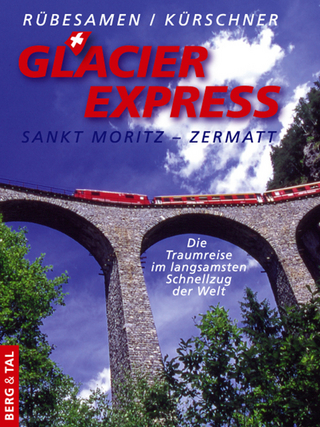
Germany and the Ottoman Railways
Art, Empire, and Infrastructure
Seiten
2017
Yale University Press (Verlag)
978-0-300-22564-8 (ISBN)
Yale University Press (Verlag)
978-0-300-22564-8 (ISBN)
- Titel ist leider vergriffen;
keine Neuauflage - Artikel merken
The complex political and cultural relationship between the German state and the Ottoman Empire is explored through the lens of the Ottoman Railway network, its architecture, and material culture.
The complex political and cultural relationship between the German state and the Ottoman Empire is explored through the lens of the Ottoman Railway network, its architecture, and material culture
With lines extending from Bosnia to Baghdad to Medina, the Ottoman Railway Network (1868–1919) was the pride of the empire and its ultimate emblem of modernization—yet it was largely designed and bankrolled by German corporations. This exemplifies a uniquely ambiguous colonial condition in which the interests of Germany and the Ottoman Empire were in constant flux. German capitalists and cultural figures sought influence in the Near East, including access to archaeological sites such as Tell Halaf and Mshatta. At the same time, Ottoman leaders and laborers urgently pursued imperial consolidation. Germany and the Ottoman Railways explores the impact of these political agendas as well as the railways’ impact on the built environment. Relying on a trove of previously unpublished archival materials, including maps, plans, watercolors, and photographs, author Peter H. Christensen also reveals the significance of this major infrastructure project for the budding disciplines of geography, topography, art history, and archaeology.
The complex political and cultural relationship between the German state and the Ottoman Empire is explored through the lens of the Ottoman Railway network, its architecture, and material culture
With lines extending from Bosnia to Baghdad to Medina, the Ottoman Railway Network (1868–1919) was the pride of the empire and its ultimate emblem of modernization—yet it was largely designed and bankrolled by German corporations. This exemplifies a uniquely ambiguous colonial condition in which the interests of Germany and the Ottoman Empire were in constant flux. German capitalists and cultural figures sought influence in the Near East, including access to archaeological sites such as Tell Halaf and Mshatta. At the same time, Ottoman leaders and laborers urgently pursued imperial consolidation. Germany and the Ottoman Railways explores the impact of these political agendas as well as the railways’ impact on the built environment. Relying on a trove of previously unpublished archival materials, including maps, plans, watercolors, and photographs, author Peter H. Christensen also reveals the significance of this major infrastructure project for the budding disciplines of geography, topography, art history, and archaeology.
Peter H. Christensen is assistant professor of art history at the University of Rochester.
| Erscheinungsdatum | 09.11.2017 |
|---|---|
| Zusatzinfo | 77 color + 66 b-w illus. |
| Sprache | englisch |
| Maße | 216 x 279 mm |
| Gewicht | 1143 g |
| Themenwelt | Natur / Technik ► Fahrzeuge / Flugzeuge / Schiffe ► Schienenfahrzeuge |
| Geschichte ► Allgemeine Geschichte ► Neuzeit (bis 1918) | |
| Geisteswissenschaften ► Geschichte ► Regional- / Ländergeschichte | |
| Technik ► Bauwesen | |
| ISBN-10 | 0-300-22564-4 / 0300225644 |
| ISBN-13 | 978-0-300-22564-8 / 9780300225648 |
| Zustand | Neuware |
| Haben Sie eine Frage zum Produkt? |
Mehr entdecken
aus dem Bereich
aus dem Bereich
St. Moritz – Zermatt : die Traumreise im langsamsten Schnellzug der …
Buch | Hardcover (2023)
Verlag Berg & Tal
14,95 €
Betriebsmaschinendienst, Einsatz bei den Bahnbetriebswerken und …
Buch | Hardcover (2024)
EK-Verlag
54,00 €
Buch | Hardcover (2023)
GeraMond (Verlag)
27,99 €


